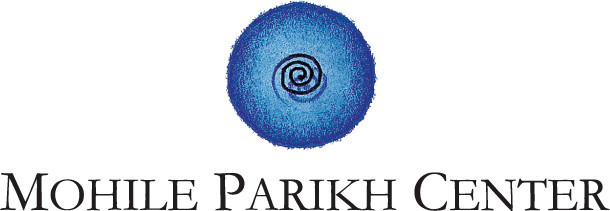Experiments in Conceptual Curating: Imagining the Future of Indian Art
Conveners: Avani Parikh and Prashant Parikh
Speakers: Chaitanya Sambrani, Girish Shahane, Hans Mathews, Navjot Altaf, Peter Nagy, Ranjit Hoskote, Rasna Bhushan, Rekha Rodwittya, Roobina Karode, and Yashodhara Dalmia
Chairs: Geeta Kapur and Gieve Patel
January 13 to 14, 2000 | 10.00 am to 6.00 pm
Little Theatre, National Centre for the Performing Arts, Mumbai
Concept Note: Avani Parikh and Prashant Parikh
We have invited ten “critic-curators” and “artist-curators” who have emerged over the last decade to participate in “imagining the future” of Indian art. The exercise is essentially a curatorial one where the speakers will creatively construct a future scenario and “history” for Indian art in the next century. Typically, a curator takes existing objects and places them in a physical and conceptual setting. In part, speakers will do precisely this with emerging art, but through the medium of slides and perhaps other such means rather than the actual objects. This freedom from the actual objects has some benefits and some costs. One loses the physical space in which the objects are arranged and loses the vital interaction with the actual object, but one gains perhaps in conceptual freedom and one is also able to deal with a wider range of objects without the usual logistical constraints and their attendant costs. This latter benefit is not insignificant because it makes possible a truly national and possibly even global “show” relatively easily.
Of course, the idea is not simply to extrapolate from the present, but rather to look at the wider setting that is likely to emerge over the next several decades, the forces that are likely to prevail, and then situate the art that is emerging today in this setting. What are the problems that Indian art will face and how will it respond? We will see a lot of slides of current work, much of which many of us may never have seen, and the speakers will use this work as a starting point for their exercise.
In keeping with the increasing realization (more recently in India) of the greater creative role of curators in the making of art in the current context, our speakers will also propose to current and future artists possible contexts and ideas and forms and materials that they might address and work with. The essence of the exercise is to tell a story for contemporary art and take this story either descriptively or prescriptively into the future. By story we don’t necessarily mean a loose concatenation of events and figures or even ideas, but also include various modes of structuring or intervening in this practice. The ten presentations should result in a multi-perspectival and multi-linear look at contemporary art and its possible futures.
As is also becoming increasingly clear, the stories we tell reveal as much about where we stand in history and about our concerns and hopes and desires as they reveal about their objects, so that at the end we should not only come away with some insight into contemporary art and its future, but also, if we are lucky, into ourselves. We see the speakers not so much as seers themselves – they are as limited as anyone else when it comes to looking ahead – but rather as facilitators and nodal points in what must basically be a network of collective effort. This conference, more than any other we have had, is intended to be a fully participatory effort and we urge everyone to come prepared to invent the future that will ultimately invent the race.
To give some structure to this effort, the speakers will take up three questions, an experiential one, a conceptual one, and a speculative one. How do we engage with contemporary art, and what can a curator do to nurture, articulate, expand, and inflect and direct that set of experiences and understandings? Secondly, what and where is contemporary Indian art, what stories can we tell about it, and what means do we use to understand it? And lastly, where is Indian art going, and where can we make it go?
A conversation amongst the panelists at the end of each day will provide an opportunity for explicit dialogue and discussion of these three questions.
It is not a coincidence of course that we take up these questions in the year 2000, a time not only for thinking about the future, but also for reflection generally and for constructive and cooperative action.
